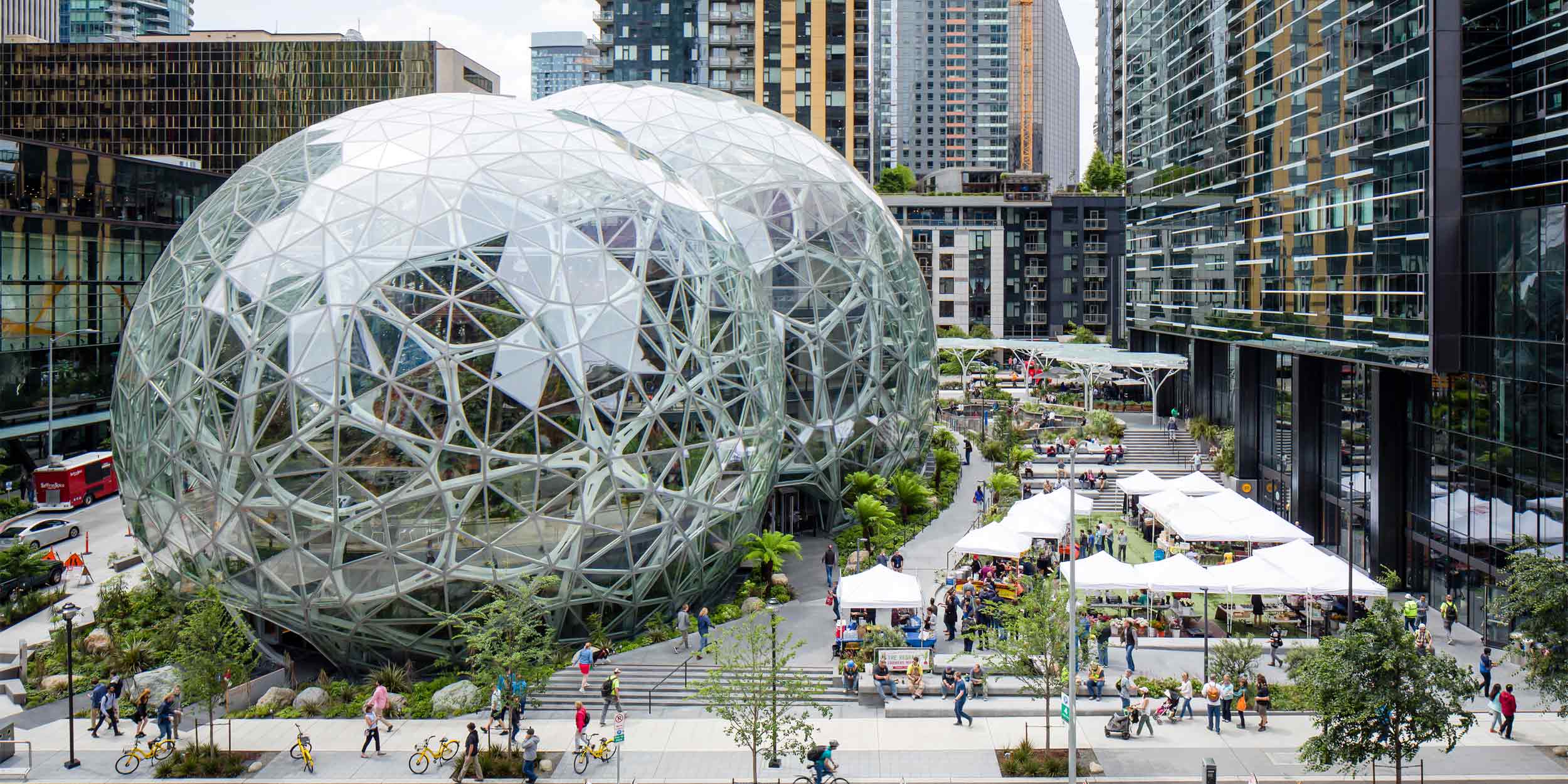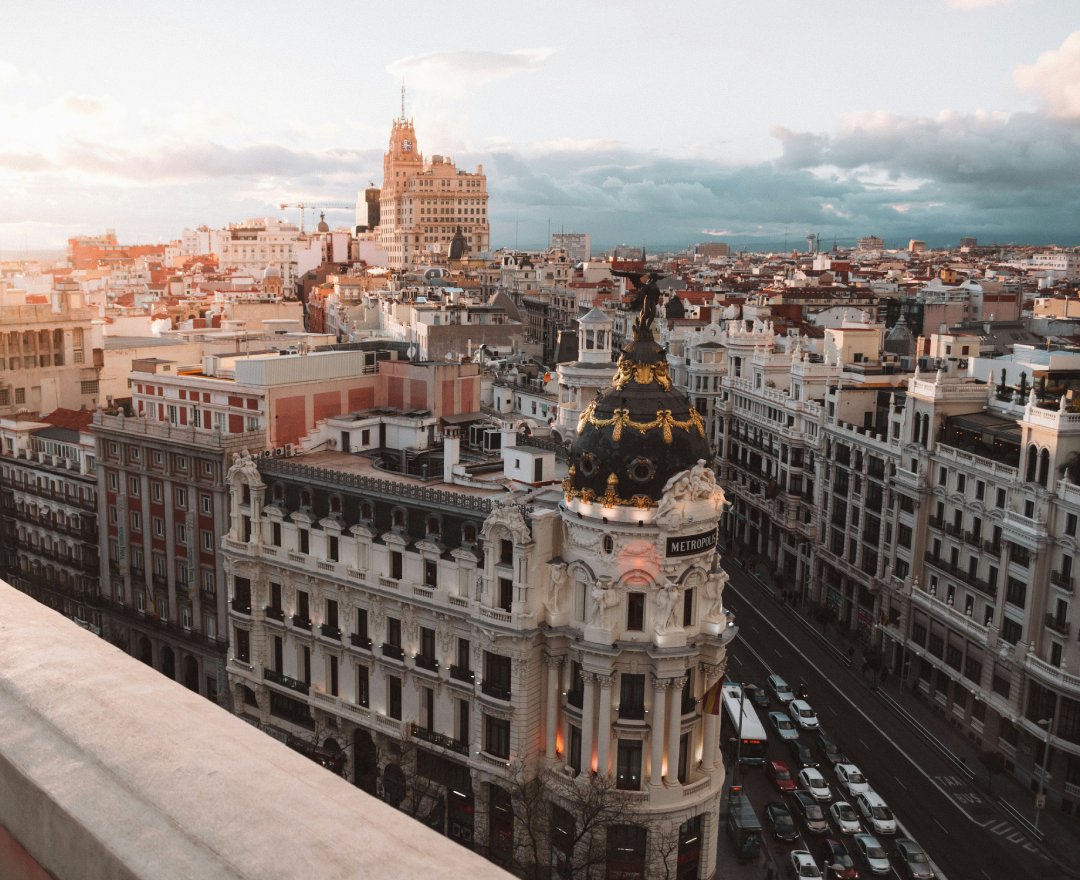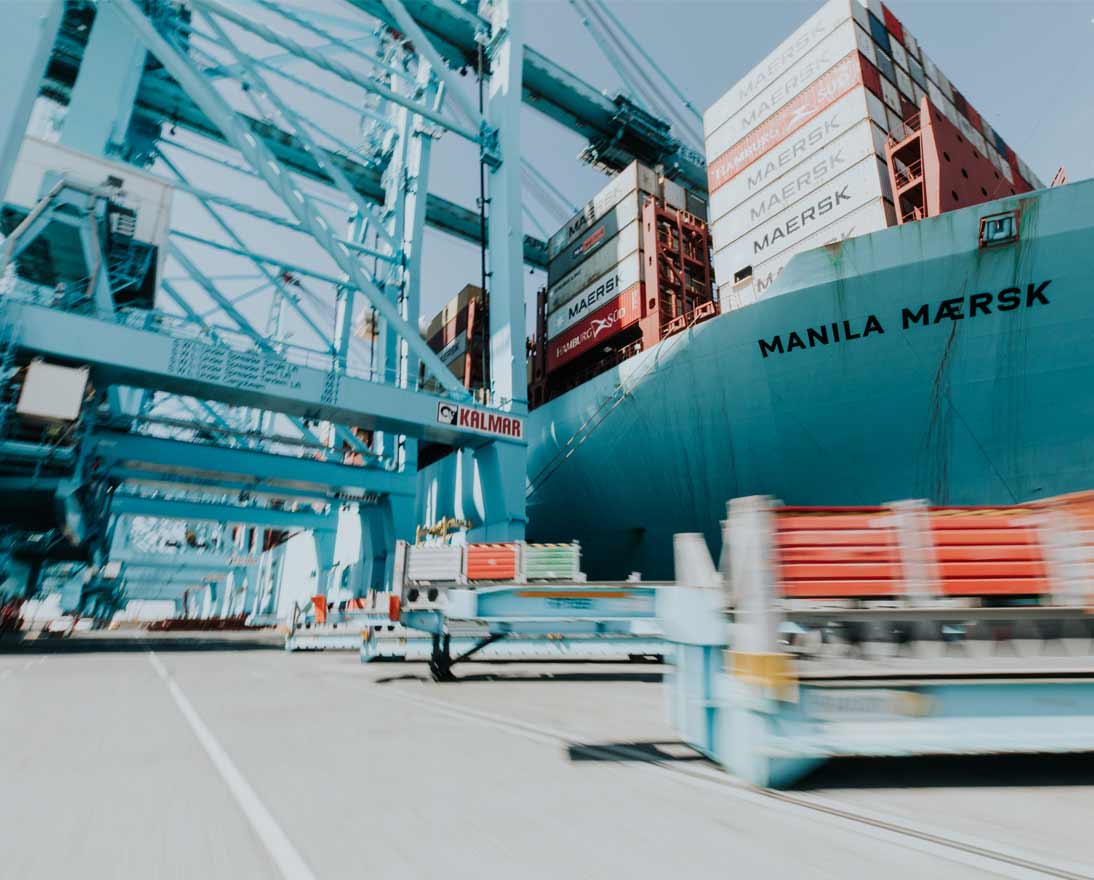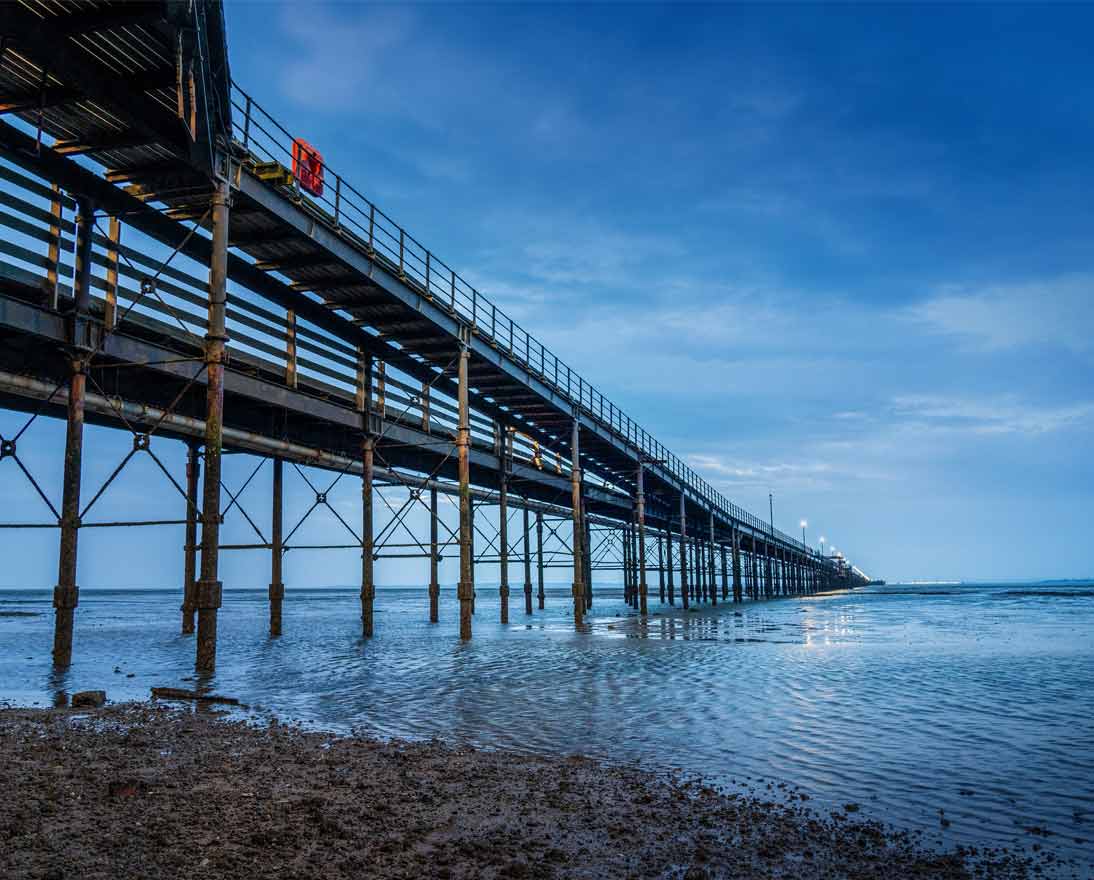Concrete solutions: How Zurich and Holcim are paving the way to net-zero
Net-zero transitionArticleJanuary 29, 2025
The construction industry has a key role to play in making the global economy more sustainable. Learn how Zurich is working with building solutions provider Holcim to pave the way to a net-zero future.
Steel, concrete, aluminum, glass and bricks are the building blocks of our cities, and demand for these materials is set to soar. It is estimated that the world’s urban population will swell by another 2.5 billion people by 2050. To accommodate this growth, the world will need to add the equivalent of New York City’s building stock, every month, for 40 years.
This poses a challenge as, traditionally, the construction and operation of buildings is carbon- and energy-intensive. But it also represents an opportunity. If the building industry is decarbonized and adopts circular and recycling practices, it would significantly help the world achieve net-zero carbon emissions. This is why Zurich Insurance Group (‘Zurich’) is supporting customers in this industry to help mitigate the risks related to their net-zero transition through both Zurich’s risk management services and traditional insurance solutions.
Net-zero and the building industry
“Decarbonizing the building industry requires deep collaboration,” says Antonio Carrillo, VP Sustainability at Holcim, the global building materials manufacturer. “We need to be innovative.”
Holcim has been a customer with Zurich for more than 30 years and shares the goal of targeting net-zero emissions by 2050. Holcim is an industry leader in sustainability and has both 2030 and 2050 net-zero targets, which are validated by the Science Based Targets initiative. It was also recently named by the Science Based Targets Network as one of the first three companies globally to publicly adopt science-based targets for nature, such as reducing freshwater withdrawals.
“At Holcim, we’re combining a range of decarbonization levers from low carbon formulation to alternative energy sources,” explains Carrillo. “And we are investing in new technologies, developing new solutions and mobilizing our supply chain.”
Those levers include expanding the use of renewable electricity and using alternative fuels – including biomass and clean hydrogen – to provide Holcim with clean energy solutions. It is also electrifying or transitioning its vehicle fleet to low-carbon fuels – from cement trucks to the diggers used in quarries.
Holcim is using new raw materials – such as calcined clay – to improve the sustainability profile of cement. It is also developing carbon capture technologies to collect carbon dioxide and store or utilize it in other industries.
Another key component of Holcim’s net-zero strategy is to create a global circular economy within the construction industry. Holcim is already one of the biggest recyclers of building demolition materials, but it plans to significantly increase the amount of demolition materials that are either recycled into new building solutions or reused as energy sources.
Net-zero transition risks
Introducing new technologies and processes, and amending supply chains to support the net-zero transition can introduce new risks. It can increase the likelihood of machinery breakdown or business interruption. There are liability risks to consider, too. But Zurich is on hand to help Holcim manage these risks.
“We know transitioning to net-zero will not be easy,” says Justine Kelly, Head of Sustainability, Zurich Commercial Insurance and Group Underwriting. “It’s why we’re working with Holcim and other customers to help understand the risks associated with new green technologies and processes.
“Even if you integrate a mainstream technology like solar panels to an office or warehouse to provide greener energy, you materially change the risk profile of that building,” Kelly adds. “It could be more susceptible to fire risk, and the solar panels will be exposed to damage from hail or windstorms.”
Risto Schmid, Head of Climate Resilience, Switzerland, Zurich Resilience Solutions, explains that simply electrifying a vehicle fleet also creates new risks. “As part of efforts to decarbonize, we’re seeing more customers introduce electric vehicles. But the electric vehicles, along with the charging points and additional electrical cabling, create additional fire risks,” he says.
But Schmid says Zurich has the experience and expertise to help customers manage these risks. “For instance, if an electric vehicle in a basement parking garage catches fire, it will burn hotter and burn for longer than a petrol or diesel car and require a higher density of water to suppress the fire. It is why we recommend avoiding the use of combustible building materials and ensuring sprinkler systems are professionally designed and installed, and even upgraded if necessary.”
Shifting from climate to net-zero risks
These new risks mean that the role of the climate resilience specialists within Zurich Resilience Solutions, Zurich’s risk consultancy, is evolving. It starts by undertaking a global exposure analysis to identify critical sites and supply-chain links most exposed to current and future climate risks. This is supplemented by in-depth desktop assessments, using local hazard maps, and on-site visits. This allows Zurich’s climate resilience specialists to create a 360-degree view of the potential physical climate risks and develop site-specific loss scenarios. And then, if required, provide recommendations to enhance climate resilience.
But now, as green technologies become increasingly complex, more customers are also asking for support with managing risks associated with their net-zero transition.
“For our customers like Holcim, we take the time to understand the risks associated with their transition,” Kelly says. “Then the skillset of our underwriters and our risk consultants in Zurich Resilience Solutions enables us to develop a package of measures jointly with the customer – including traditional insurance solutions and risk management advice – to help mitigate the risks.”
Working on future green building blocks
To stay ahead of the latest innovations and trends, Zurich is working closely with customers and industries as they pioneer new sustainable processes and technologies. This has included, for example, the development of clean hydrogen. Zurich’s early engagement meant it was able to introduce a clean hydrogen insurance facility jointly with the broker Aon. This proposition supports developers and their capital providers across the entire project life cycle to help accelerate the development of clean hydrogen projects – which form the basis for decarbonizing many industries.
“Ultimately, we want to support our customers as they transition to a more sustainable future,” adds Kelly.
And it is this support and collaboration that Zurich’s customers value. “We’re on a journey to net-zero, but we cannot travel alone,” adds Holcim’s Carrillo. “Collaboration with customers, suppliers and players such as Zurich Insurance is going to be key for success. Together, we can pave the way for a sustainable future in the construction industry.”
Lead photo: Seattle’s Spheres building, which is constructed using Holcim’s ECOPlanet low-carbon cement with 80 percent less carbon dioxide. Photo: NBBJ



